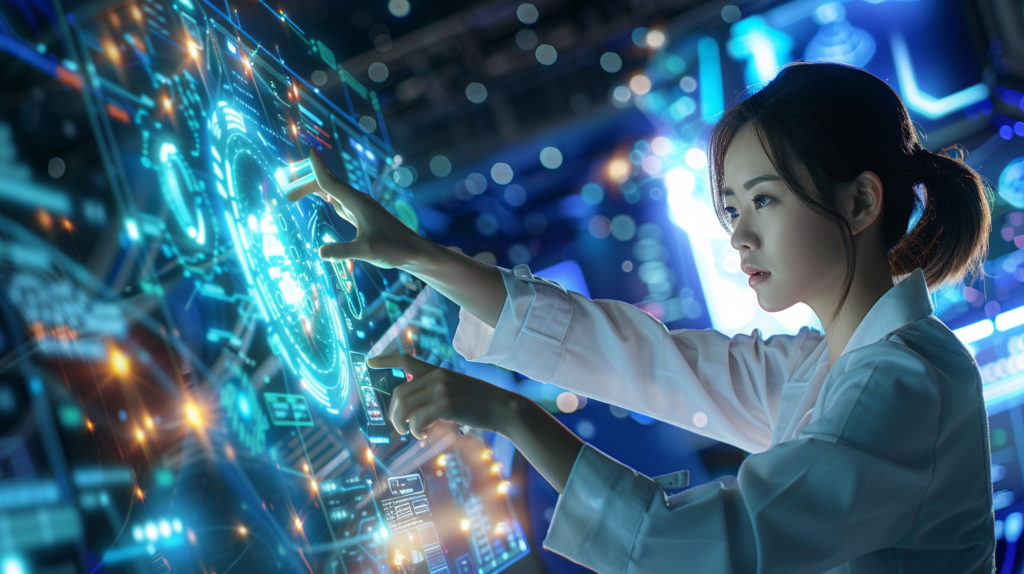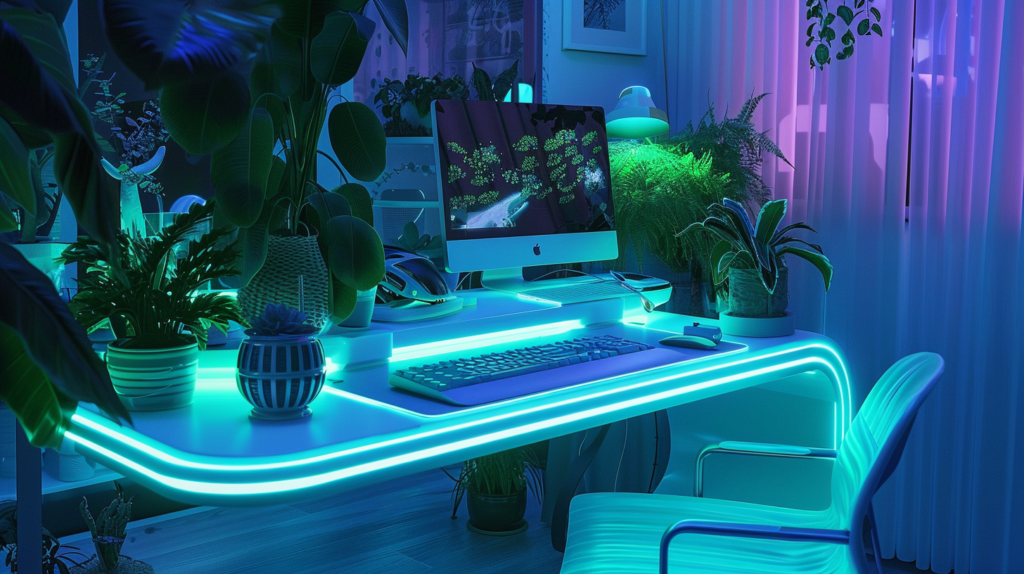
In the rapidly evolving digital landscape, the intersection of artificial intelligence (AI) and user experience (UX) design is becoming increasingly crucial. As AI continues to reshape various industries, its impact on UX design is both profound and multifaceted. In this article, we’ll explore how AI is set to revolutionize UX design, drawing insights from various thought leaders and experts in the field.
The Synergy of AI and UX Design
AI’s role in enhancing UX design is undeniable. As we delve into this topic, it’s essential to understand the core principles that govern effective UX design. In “12 UX Trends for 2023,” we see emerging patterns that are already shaping the future of UX. These trends, coupled with AI’s capabilities, are creating a new paradigm in user experience.
AI’s Role in Personalization and Efficiency
One of the most significant impacts of AI on UX is the ability to offer personalized experiences to users. AI algorithms can analyze user data to provide tailored content, recommendations, and interfaces. This level of personalization not only enhances user satisfaction but also increases engagement and loyalty. In the context of UX as a vertical, as discussed in “UX as a Vertical,” the integration of AI can lead to more specialized and user-centric designs.
Enhancing User Interfaces with AI
AI is not just about data processing; it’s also about enhancing the user interface (UI) itself. With the advent of AI, we can expect more intuitive and responsive interfaces. The question of “Is UX Obsolete?” becomes relevant here. The answer is a resounding no; instead, AI is augmenting UX, making it more crucial than ever.
AI in Problem-Solving and Creativity
AI’s potential in problem-solving and creativity is a game-changer for UX designers. By harnessing AI’s capabilities, designers can explore new solutions and innovative designs. The article “Harnessing AI’s Potential: Building Your Custom Automated Business” showcases how AI can be a powerful tool in creative processes and business strategies.
The Human-AI Collaboration in UX
The collaboration between humans and AI in UX design is a delicate balance. While AI brings efficiency and data-driven insights, the human touch is essential for empathy and understanding user needs. This synergy is beautifully illustrated in the piece “Mastering Business Presentations: Proven Tips and Tricks,” where the human element in presentations is emphasized.
Overcoming Challenges with AI in UX
Integrating AI into UX design is not without its challenges. Issues such as data privacy, ethical considerations, and maintaining a human-centric approach are paramount. The article “The Decline of E-Learning: How We Lost the Magic of Instructional Design” touches upon the importance of keeping the human element at the forefront, a lesson that is highly applicable in AI-driven UX design.
Future Prospects: AI and UX Co-evolution
As we look to the future, the co-evolution of AI and UX holds immense possibilities. The key lies in leveraging AI to enhance user experiences while ensuring that the technology serves the users and not the other way around. In “ChatGPT Creates a BRD and User Stories,” we see an example of how AI can aid in the development process, offering a glimpse into the future of AI-assisted UX design.
The impact of AI on UX design is a journey of continuous exploration and adaptation. By embracing AI’s potential while staying grounded in human-centered design principles, we can create more engaging, efficient, and personalized user experiences. Stay tuned for the next part of this article, where we will dive deeper into specific case studies and practical applications of AI in UX design.


